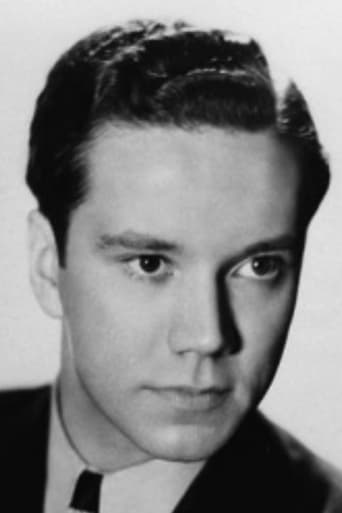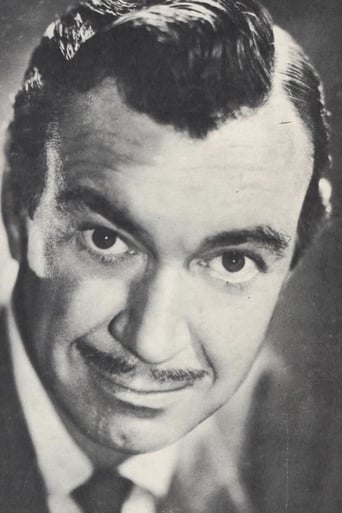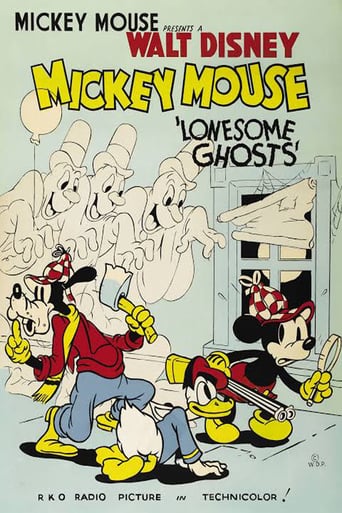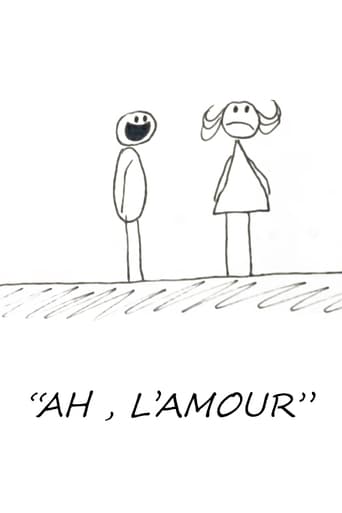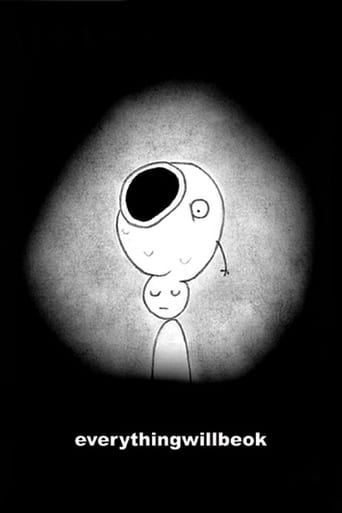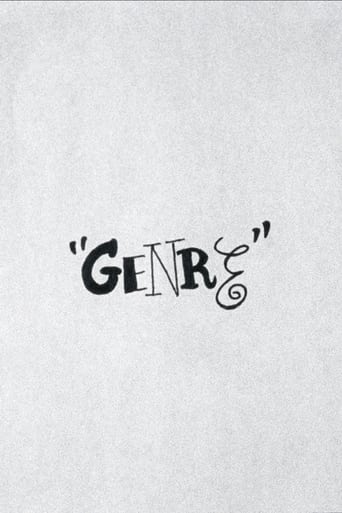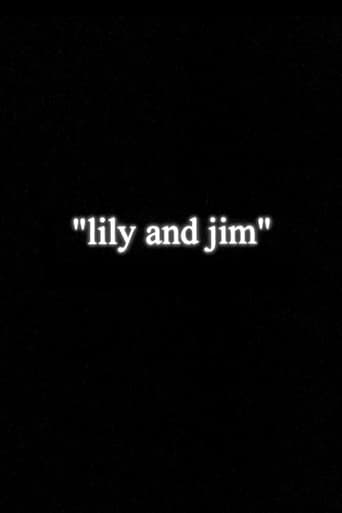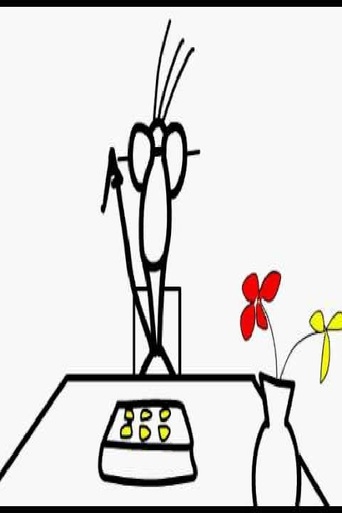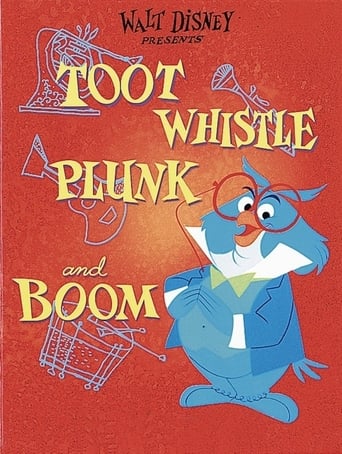
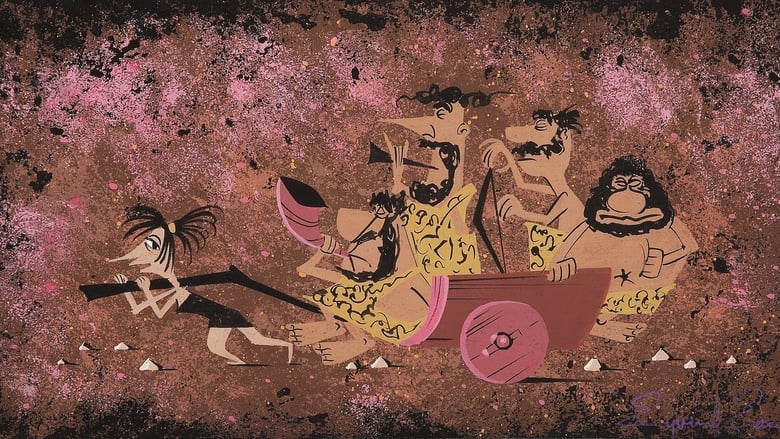
Toot, Whistle, Plunk and Boom (1953)
In this short subject (which mostly represents a departure from Disney's traditional approach to animation), a stuffy owl teacher lectures his feathered flock on the origins of Western musical instruments. Starting with cavepeople, whose crude implements could only "toot, whistle, plunk and boom," the owl explains how these beginnings led to the development of the four basic types of Western musical instruments: brass, woodwinds, strings, and percussion.
Watch Trailer
Cast


Similar titles
Reviews
Expected more
A Disappointing Continuation
This is a small, humorous movie in some ways, but it has a huge heart. What a nice experience.
It's a movie as timely as it is provocative and amazingly, for much of its running time, it is weirdly funny.
Oh! It's one of them "educational" films. This is a masterful look at the dynamics and science of musical instruments. It gives a rudimentary history of all things instrumental. The four words in the title refer to horns, wood winds, strings, and percussion, the four sections of the orchestra. It is done in a fun and visually interesting way. I recall seeing "Donald Duck in Mathemagic Land," in my math classes, an excellent teaching tool created by the Disney animators. The only part I had trouble with was that chorus of birds singing in the Andrews Sisters style. Many of the Dr. Seuss cartoons used this choral style and it becomes pretty tiresome at times. But it needed narration and this is they way they got it.
In the late 1940s and early 1950s Walt Disney began to expand his studio's work from entertainment to teaching. In this area he is best recalled for his wonderful short nature films about subjects like deserts and animals. But he also, occasionally turned to the use of his cartoons to get his message across. TOOT, WHISTLE, PLUNK, and BOOM was one of his best examples of this (in fact, it was recognized for it's unique excellence by copping the best short film - cartoon Oscar in 1953). Disney used this cartoon to trace the development of musical instruments from the dawn of human history to the present (1953). Since the subject is music related all of the dialog is sung or spoke - sung. The setting is a classroom for young animals, and the teacher (who rushes into class late at the start) is an owl. He starts by showing four cavemen figures: one is tooting a metal horn, one is playing with a wind instrument whistle, one is plucking his bow (from his bow and arrow) and one is beating time with his belly as a drum (the boom sound). We then watch each of these instruments grow up so to speak: the horn is brought to the attention of the Pharoah of Egypt who convinces the caveman to change it to a longer trumpet. Eventually the modern trumpet is developed when musicians learn that they can twist the size of the trumpet to be carried . We also get a view of the development of clarinets, harps and string instruments, and drums. There are some funny moments in the film, such as the birth of social dancing at the court of Pharoah, and the problems of strings for harp and violin players. But for all the changes and developments of the modern musical instruments, the instruments basics are never changed - a point that Disney's artists get across when they keep bringing the four original cavemen into music in other ages up to the present.
The best thing about "Toot, Whistle, Plunk, and Boom" is that I actually learned something from it! Who knew I would learn something from a cartoon at the age of 22?! I've never been that involved in musical instruments, but it was very interesting and easy to learn from TWP&B on why horns are shaped the way they are. The short is also hilarious as we see how the caveman learned to make music in their primitive ways and how that music evolved over the ages. It's also fun to see the cavemen collaborate with the modern-day symphonies. There are just some great gags and jokes throughout this jam-packed cartoon.We're also reintroduced to that school of singing birds from the cartoon short, "Melody." They were fun, but I thought they were a little annoying in this short. I was glad when they made the transition to the cavemen, because those cavemen stole the show! I've even seen them make cameos on the recent cartoon series, "Disney's House of Mouse." Hey, maybe we can even see them in the theme parks!!! That would be fun!There are a lot of memorable and educational moments from this cartoon, and it will always remain a classic. In my opinion, the only thing holding it back a little are those birds. They've done better! Better just let the cavemen get the show going!!My IMDb Rating: 9/10
We join Professor Owl as he teaches his avian students about where all the music comes from - in other words, the whole TOOT WHISTLE PLUNK AND BOOM of the matter.This very engaging cartoon gives a lighthearted look at the origin of musical instruments. Using humor as the best tool to teach - in this instance zany cavemen bang home the lessons - it leaves the viewer with several pertinent facts from the fascinating world of musical history.TOOT WHISTLE PLUNK AND BOOM was the Disney Studio's first foray into stylized, or limited, animation. The result was very successful & the 1953 Oscar for best cartoon was the reward.


